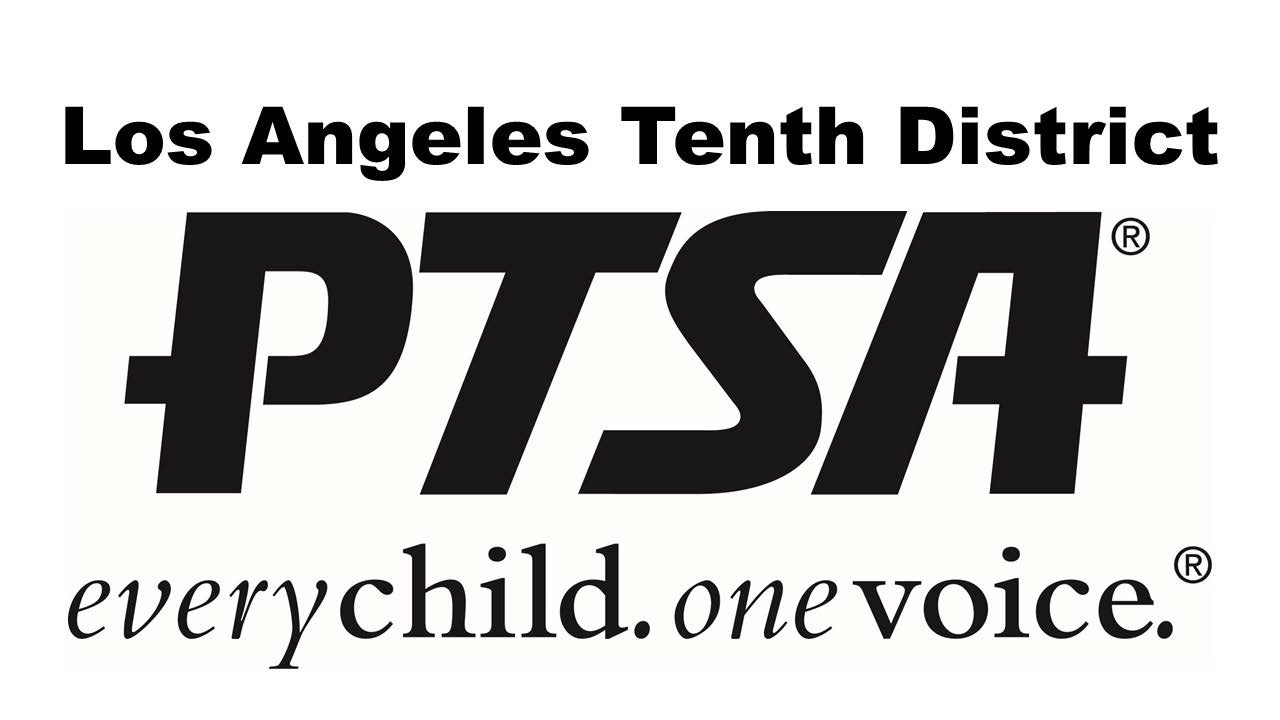PTA Bylaws and Standing Rules
Bylaws are designed to help your PTA function in an orderly manner. PTA bylaws describe the purpose of PTA and its mission, and members’ rights, in addition to officers, committees and their respective duties.
The only official set of PTA bylaws for any PTA is an original approved current set of bylaws, signed and dated by the state parliamentarian, PTA president and secretary, and on file with the unit PTA secretary.
A copy of the association’s Bylaws for the Local PTA/PTSA Units must be made available to any association member upon request. A copy should be provided to all officers and board members. Each executive board member is responsible for making a thorough study of them.
The Essential Role of Bylaws
SPANISH
Unit PTA’s that need a current copy of their approved bylaws should contact their council or the Tenth District parliamentarian for assistance. Council and district PTAs maintain file copies of current approved bylaws for member units. California State PTA does not keep copies of local PTA bylaws.
California State PTA does not provide bylaws to units, councils, districts electronically. Unit, council or district bylaws should NOT be scanned or posted on any publically-accessible website. Bylaws always include officer signatures, which must be protected from inappropriate use. Websites generally do not provide any measure of security and may be accessed by anyone, including those who are not members of the association.
REVIEWING AND UPDATING BYLAWS
Bylaws should be reviewed annually, and updated every three years by the bylaws committee of the association, chaired by the parliamentarian. The procedures and instructions to complete the bylaws are found inside the front cover of each set of bylaws.
Electronic bylaws are now available in English, and highly recommended.
CHECK OUT EBYLAWS
Paper (standard) bylaws are also available.
ENGLISH SPANISH
Bylaws review information.
ENGLISH BILINGUAL
When the California State PTA approves changes to the standard bylaws for local PTA/PTSA units, the change is effective for all PTA/PTSAs whether the printed copy being used by your PTA includes that change or not.
Note: Any change in the association’s bylaws, including the number of officers, positions, or membership dues amounts may not be implemented until bylaws have been submitted through channels (council and district PTAs) to the California State PTA parliamentarian for approval.
This means that your PTA must continue to charge the stated dues amount, elect the stated officers, and hold meetings as provided for in your most current set of bylaws signed by the California State PTA parliamentarian. Simply adopting the amendments at an association meeting without prior state approval is not sufficient.
Most bylaws are processed by the state parliamentarian within two weeks of receipt unless additional information is required. Bylaws submitted for review should be returned to you through channels within 6-8 weeks of the original submission date. If you have not received the bylaws back within this timeframe, contact your council or district parliamentarian immediately. If you need additional assistance, contact your council or the Tenth District president or contact the State Parliamentarian at parliamentarian@capta.org.council
BYLAWS QUESTIONS AND ANSWERS
What are bylaws? How often should my PTA amend the bylaws? Who should receive copies? Check out answers to these questions and more!
ADDITIONAL RESOURCES
STANDING RULES VS. BYLAWS
Standing rules outline the procedures of the organization that are not included in the bylaws and must not conflict with the bylaws or the California State PTA Toolkit. They may be changed or amended without notice with a two-thirds (2/3rd) majority vote of the association, or a majority vote with thirty (30) days’ notice.
Some of the differences between standing rules and bylaws are:
- Bylaws state when the meetings of the association are held.
- Standing rules tell where and what time association meetings are held, and when executive board meetings are held.
- Bylaws give the primary responsibilities of officers and chairmen.
- Standing rules give the specifics.
If the bylaws state that the first vice president is responsible for programs, the standing rules would list the various special committee chairmen who work under that vice president, such as Founders Day, Honorary Service Awards, etc. The bylaws describe the authority of committees. Standing rules indicate which committees are standing committees whose chairmen are voting members of the executive board and which committees are special committees, whose chairmen do not have executive board voting privileges and to which executive board member they report.
If the organization has supplies or equipment, the standing rules would state who is responsible for them and where they would be kept. They might also list details of the installation of officers, and who has responsibility for securing the past president’s pin.
